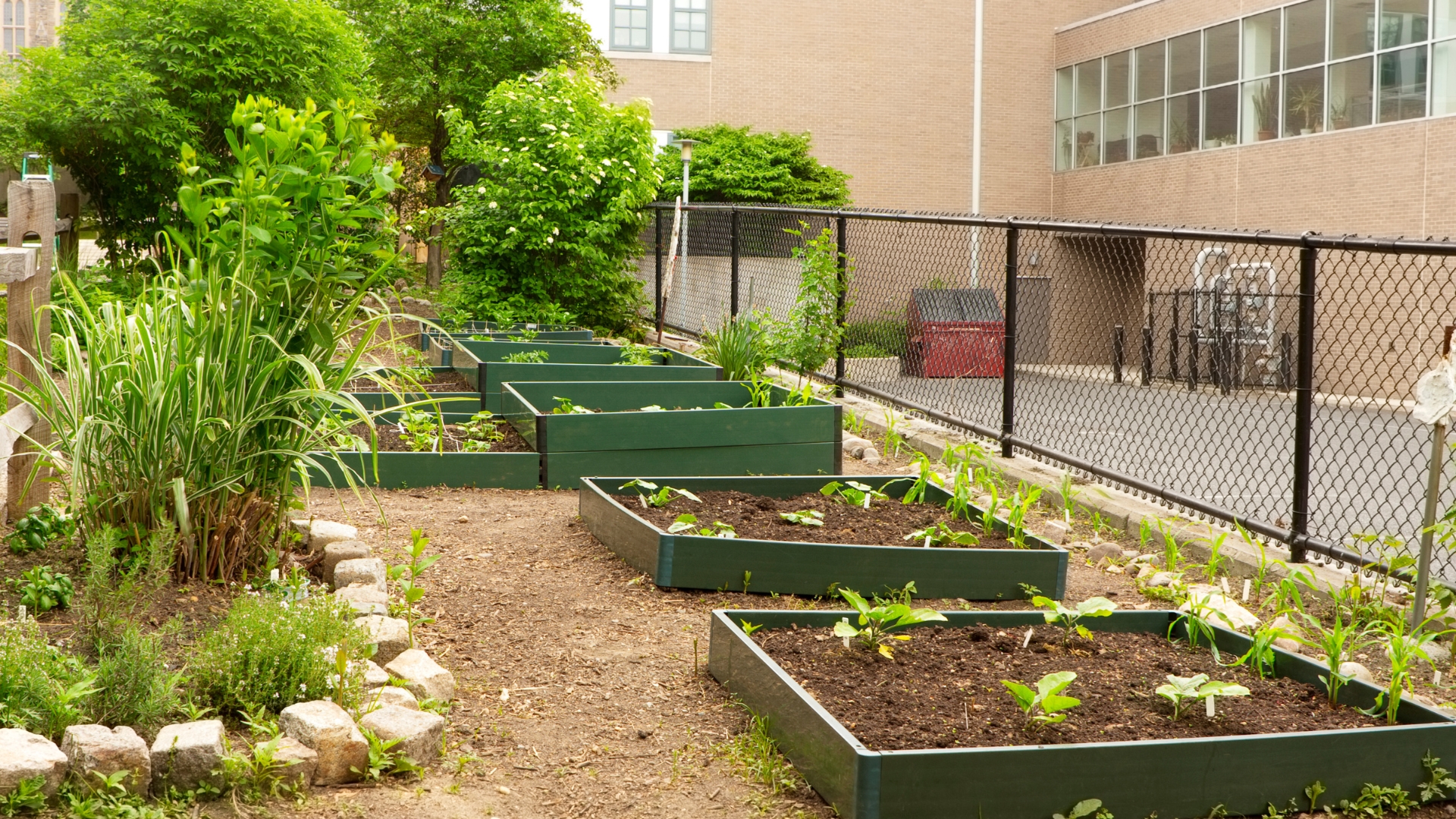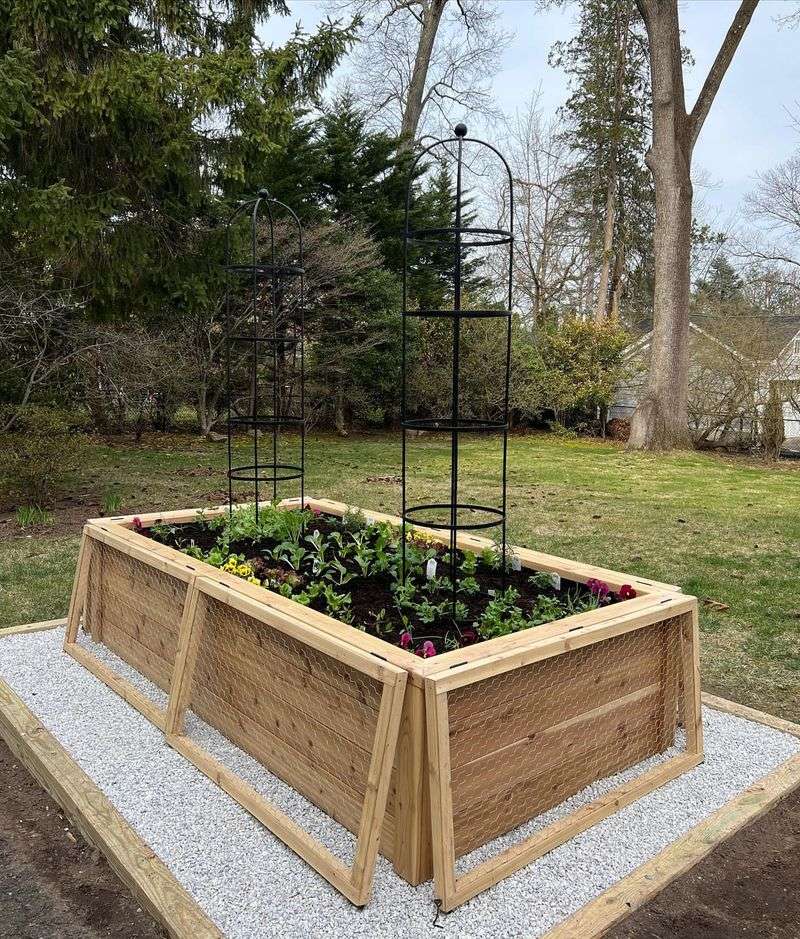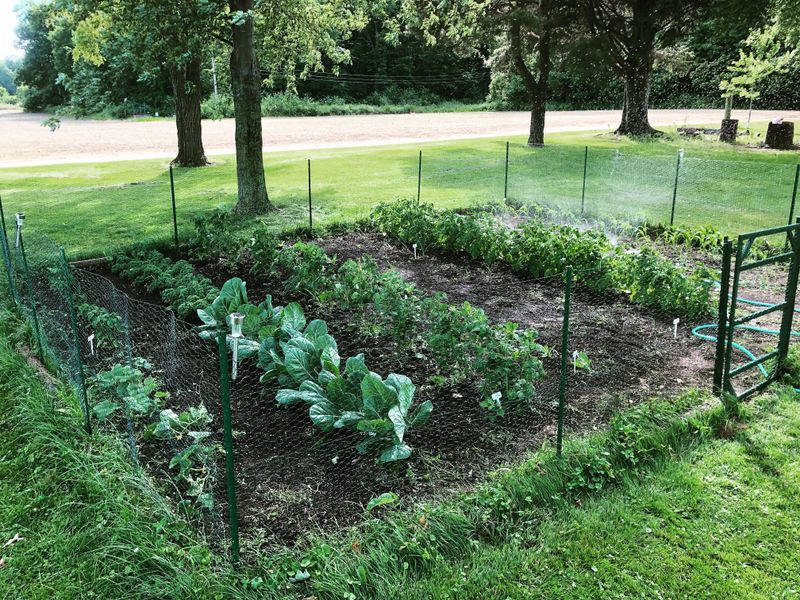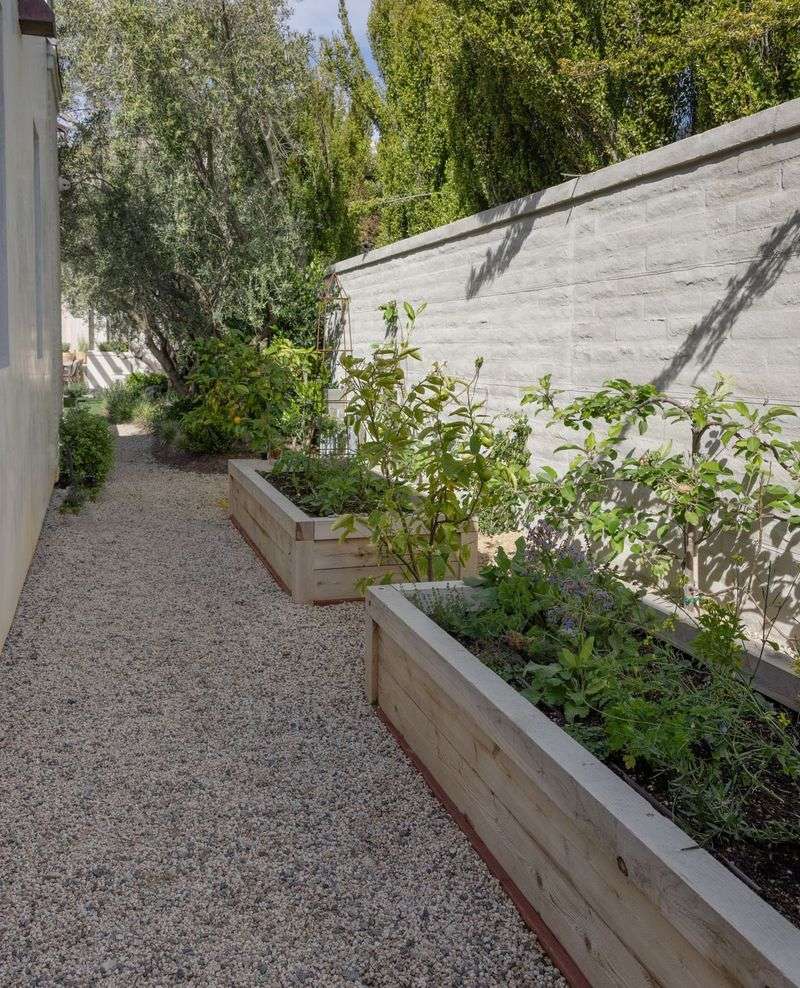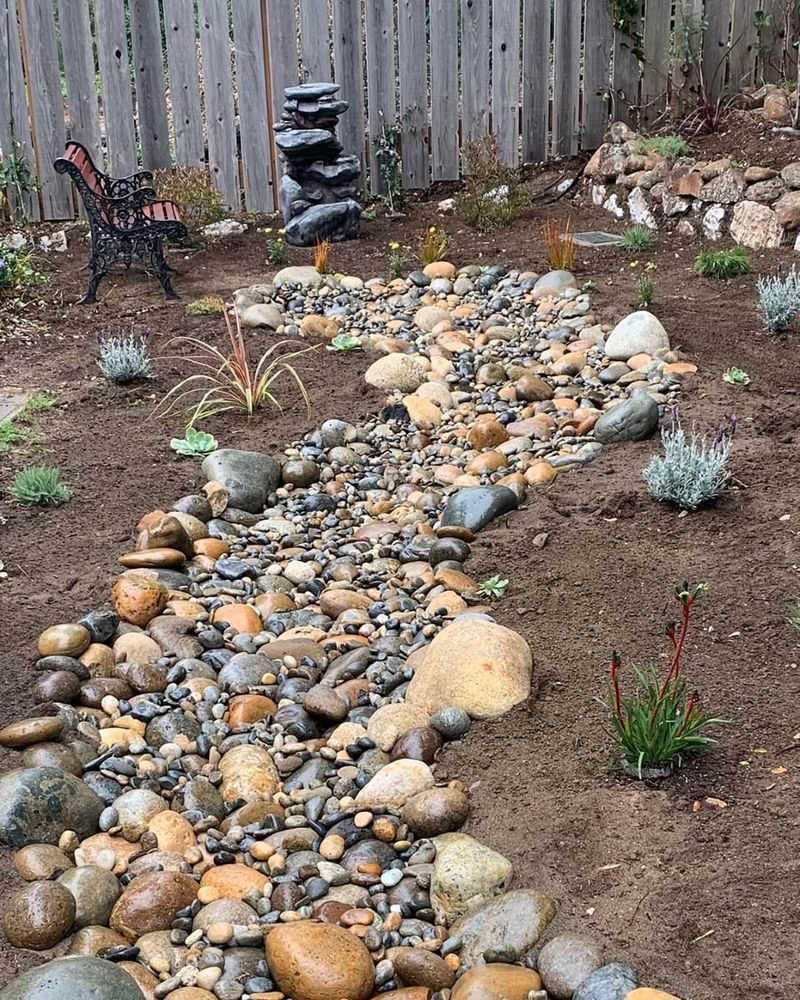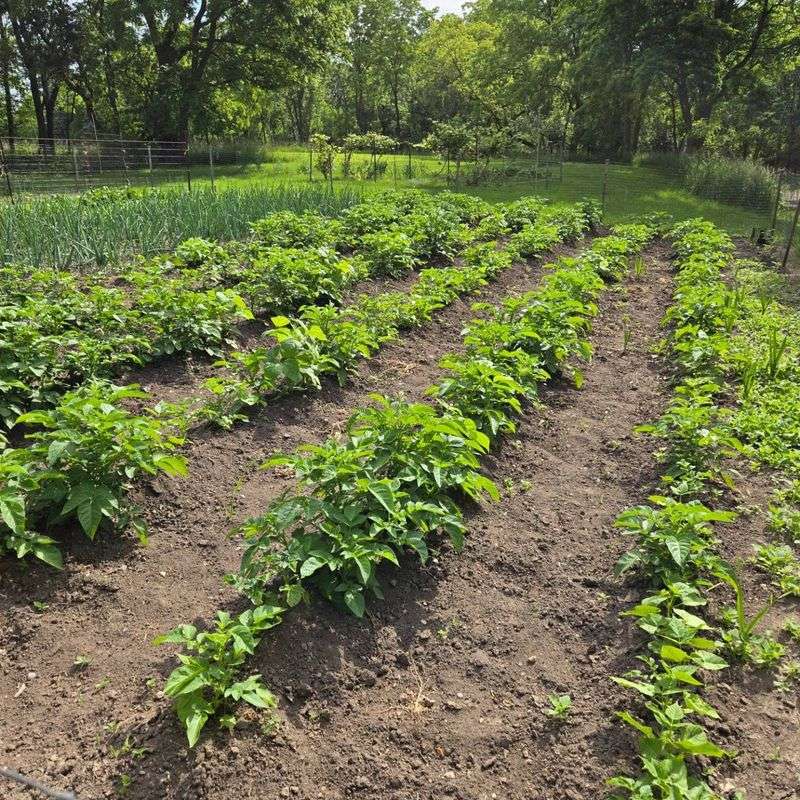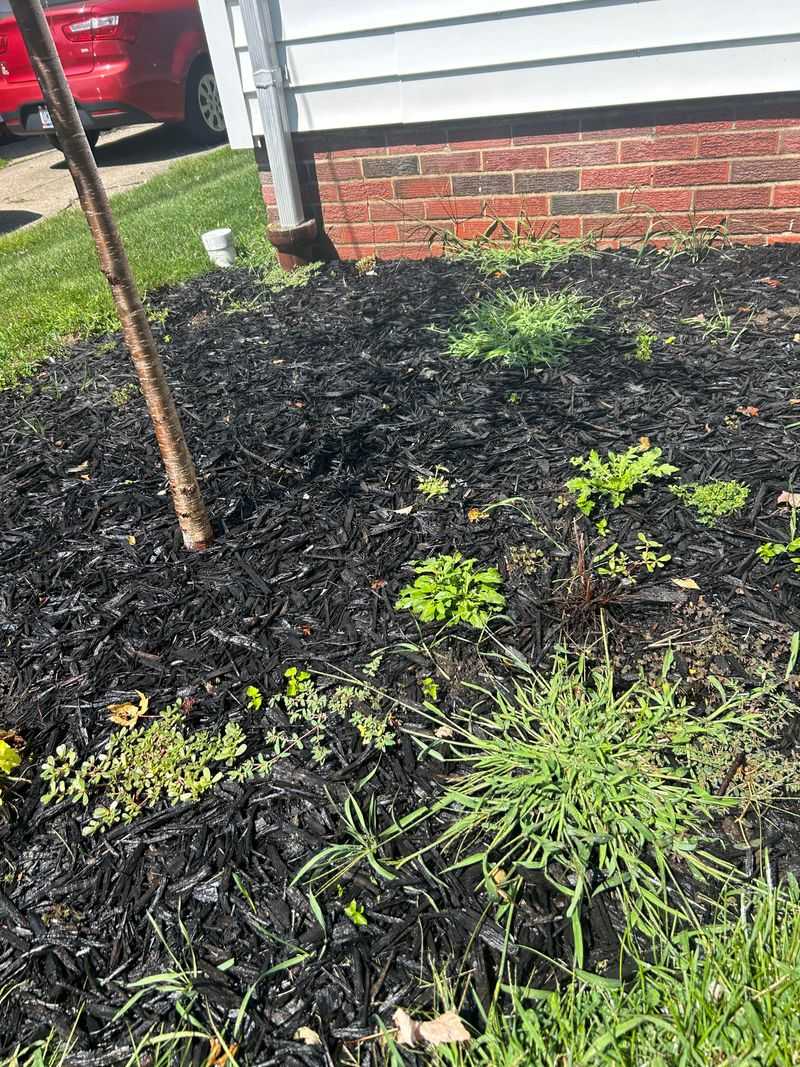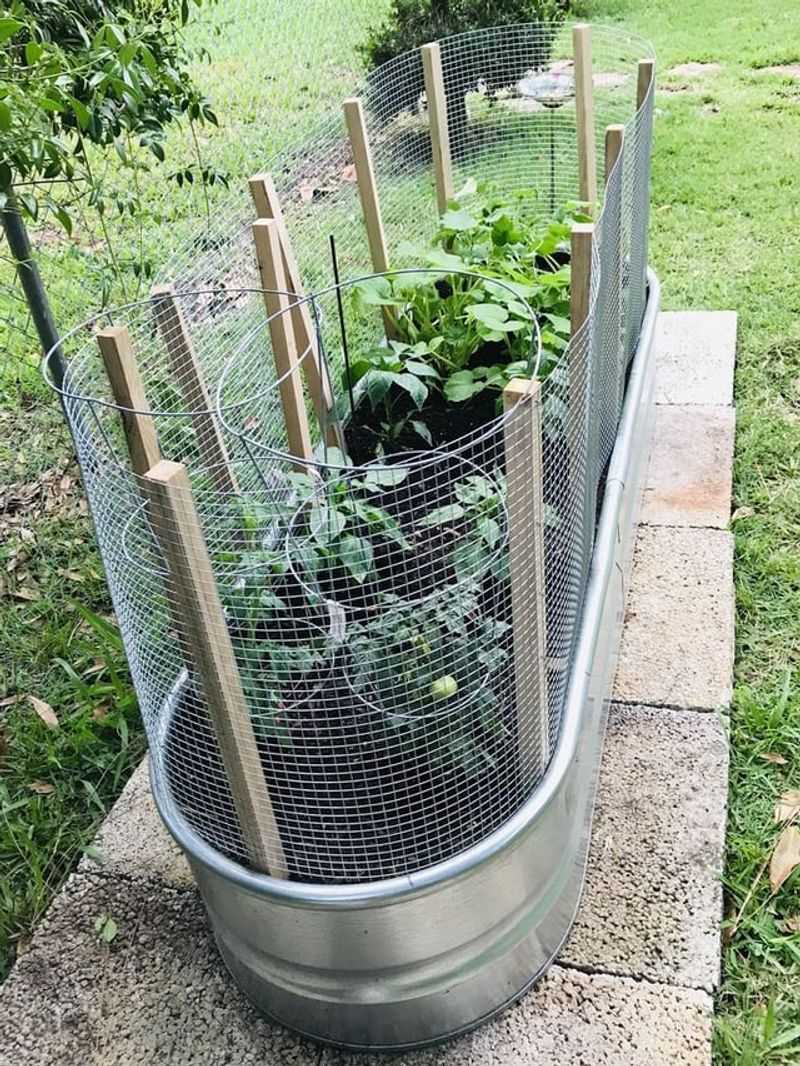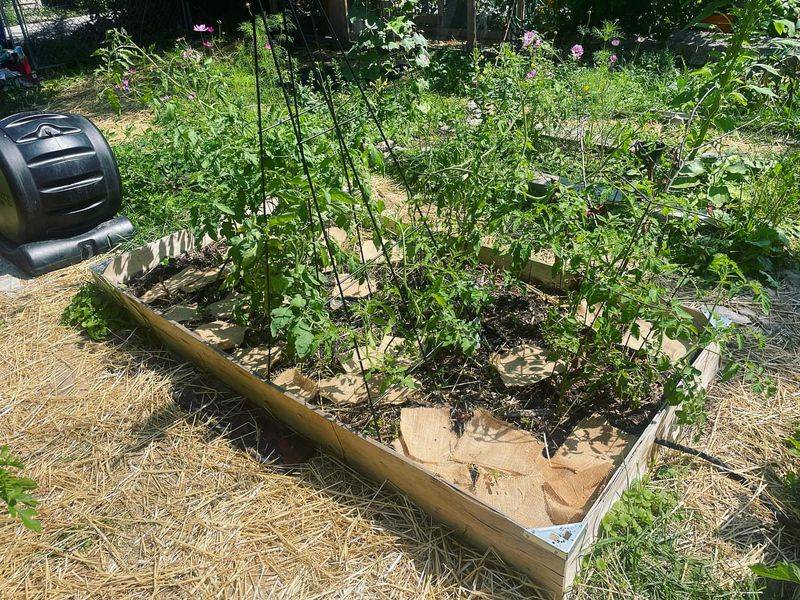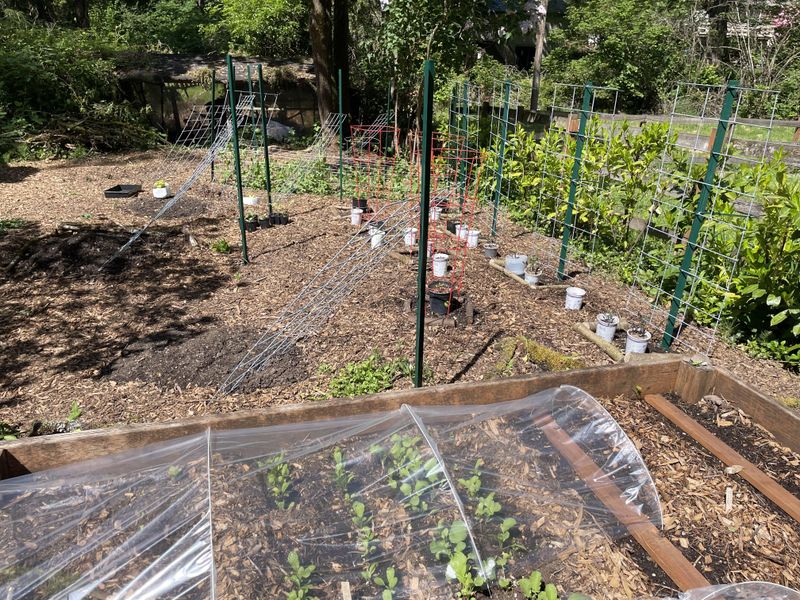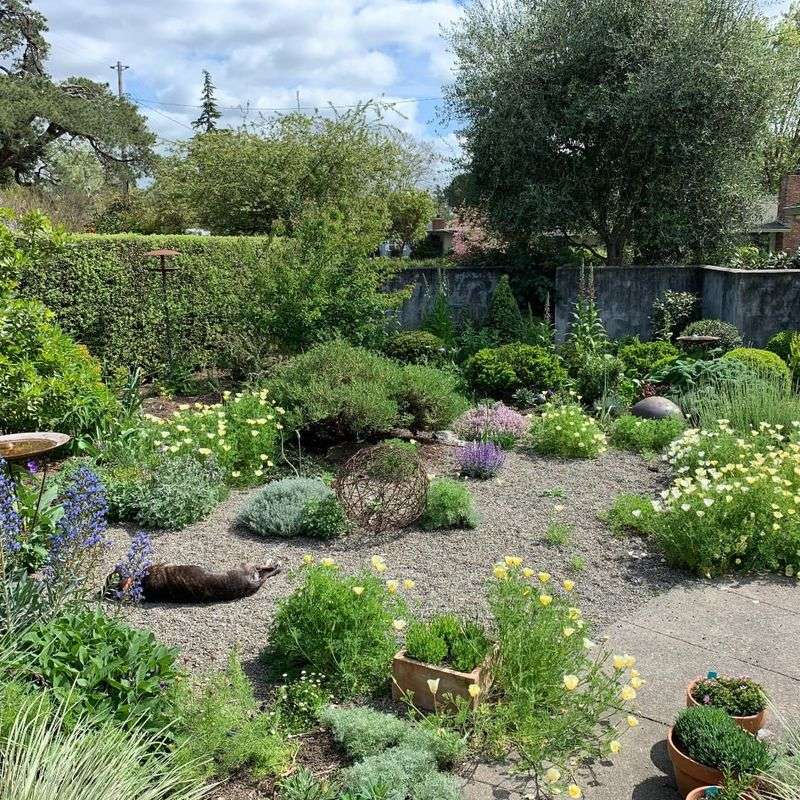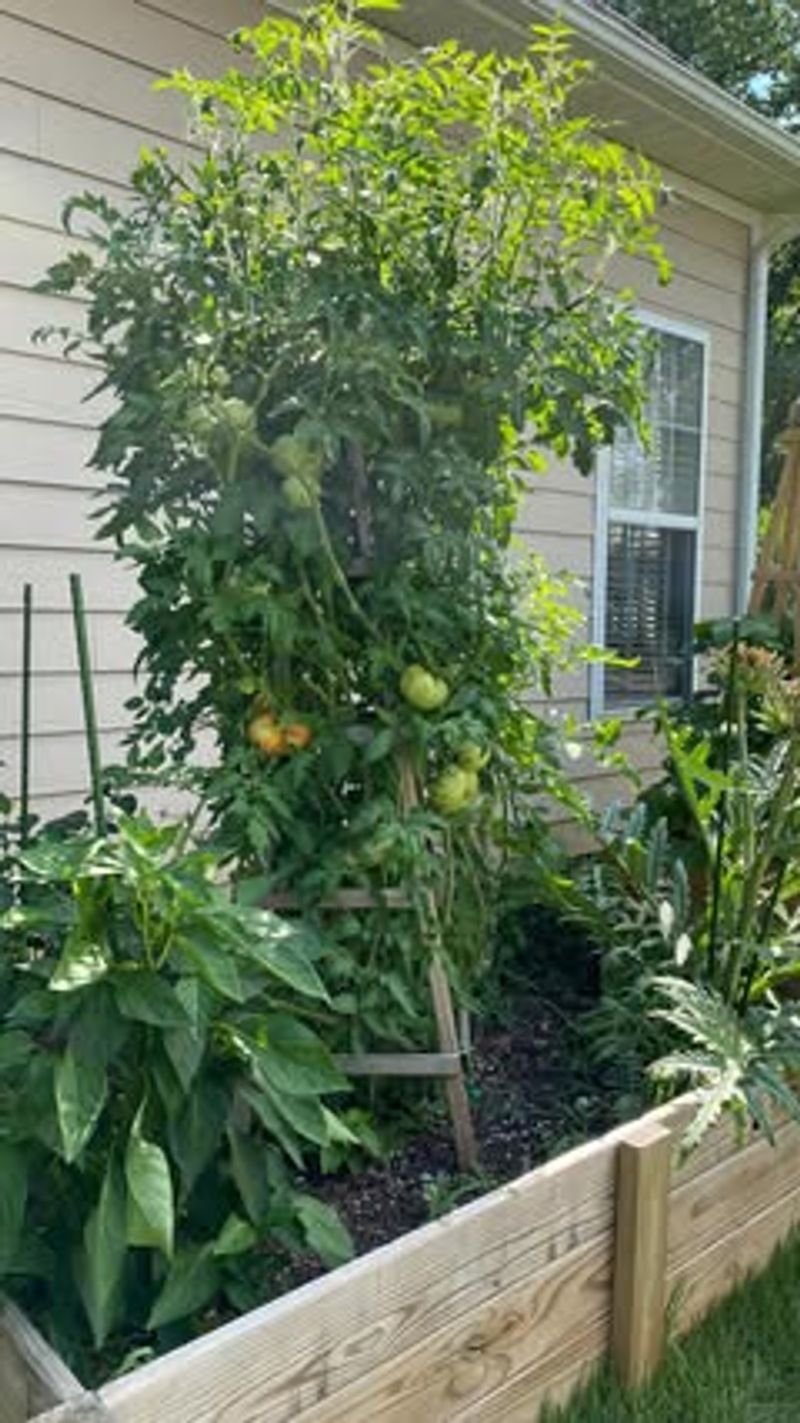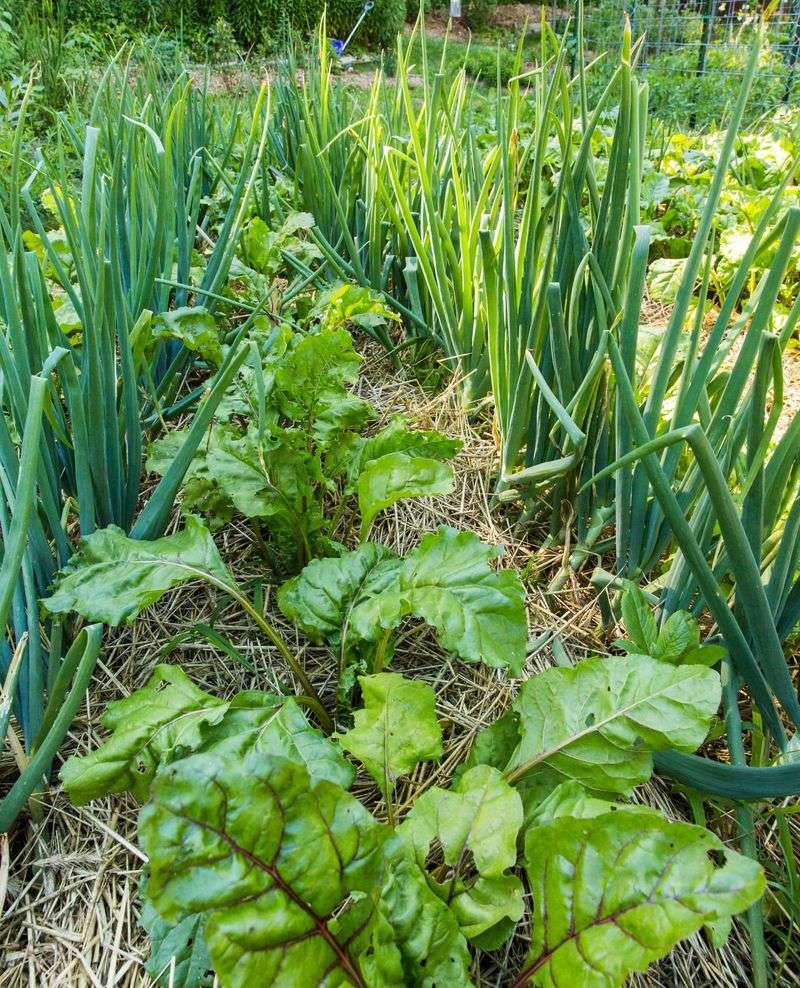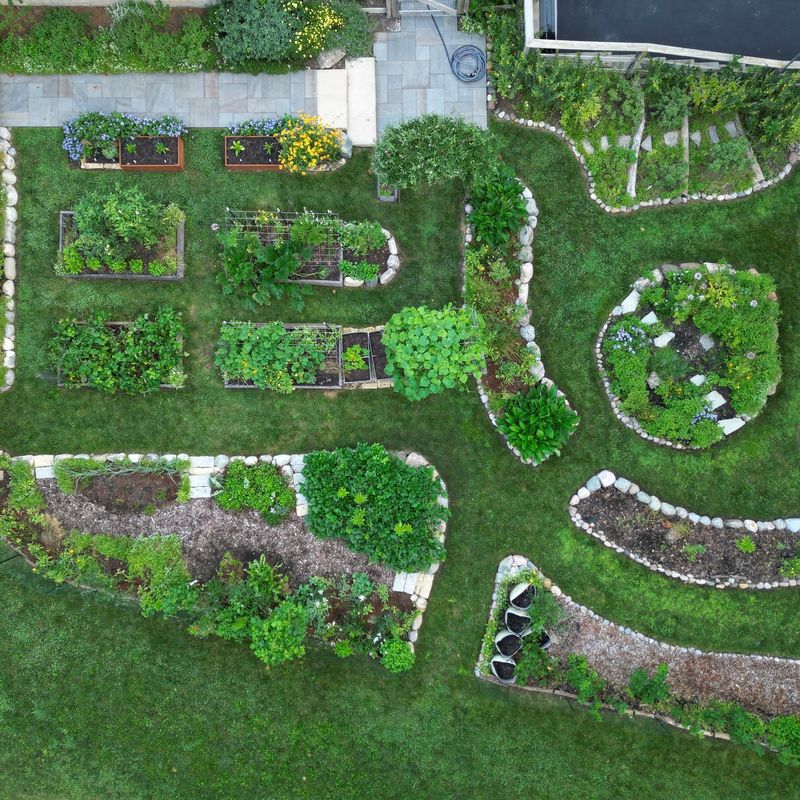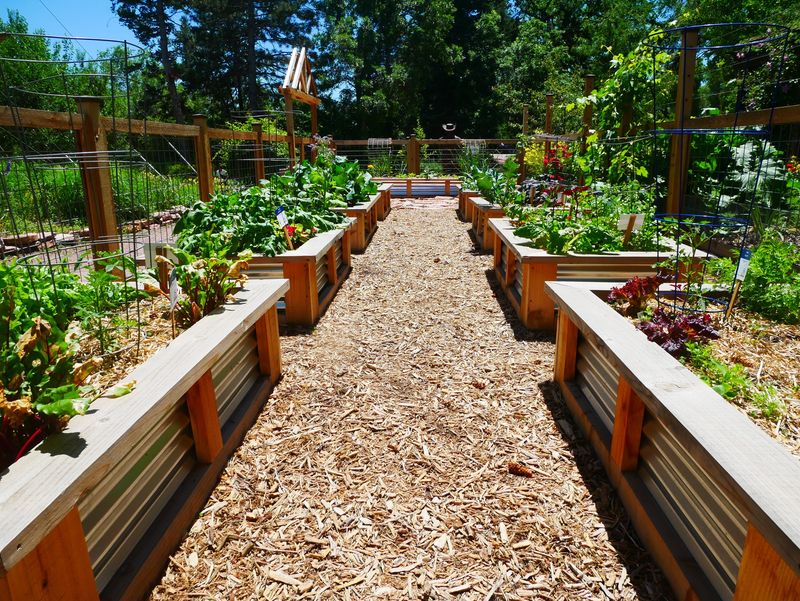Raised bed or in-ground garden? Both have their perks—and their pitfalls—especially in the heat of summer. The right setup can boost your harvest, conserve water, and make gardening more enjoyable. The wrong one? It can lead to dry soil, stressed plants, and wasted effort.
These 15 tips will help you weigh the pros and cons of each method so you can choose the best fit for your space, climate, and goals this season.
1. Consider Your Soil Quality
Take a good look at what you’re working with in your yard. Poor quality soil with lots of clay or rocks makes raised beds a smart choice because you can fill them with perfect growing medium from day one.
In-ground gardens work best when you already have decent soil that just needs some compost mixed in. Grab a handful of your soil – if it crumbles nicely and isn’t sticky or full of stones, you might save money by planting directly in the ground.
2. Evaluate Your Physical Limitations
Gardening shouldn’t hurt your body! Raised beds bring the growing surface up to a more comfortable height, reducing the need to bend and kneel constantly. Many gardeners with back problems, knee issues, or mobility challenges find raised beds make gardening possible again.
Traditional in-ground gardens require more bending but cost less to establish. Young gardeners or those without physical limitations might prefer the simplicity and lower startup costs of in-ground planting.
3. Factor In Your Budget
Money matters when planning your garden! In-ground gardening wins the budget battle since you only need basic tools and some compost to get started. Your main expenses will be seeds, plants, and perhaps soil amendments.
Raised beds require an upfront investment in materials like lumber, screws, and soil to fill them. A single 4×8 foot raised bed can cost $100-300 to build and fill, depending on materials chosen. Long-term maintenance costs tend to be similar for both methods.
4. Assess Your Available Space
Small yards benefit from raised beds’ efficient use of space. Their defined borders help maximize growing area in tight spots, and you can place them on patios or driveways where in-ground gardening isn’t possible.
Larger properties might favor traditional gardening that can spread out organically. In-ground gardens adapt easily to odd-shaped spaces and can be expanded gradually over seasons as your confidence grows.
Remember that pathways between raised beds take up valuable growing space, while in-ground gardens can be more flexible with layout.
5. Think About Drainage Needs
Soggy spots in your yard? Raised beds shine in areas with poor drainage since they lift plants above waterlogged soil. The elevated design allows excess water to drain more effectively, preventing root rot during rainy periods.
Areas with perfect natural drainage might not need this advantage. Well-draining sandy or loamy soil often works wonderfully for in-ground gardens without modification.
For slopes or uneven terrain, terraced in-ground beds might work better than trying to level raised structures.
6. Calculate Your Growing Season
Raised beds warm up faster in spring, potentially extending your growing season by 2-3 weeks! The soil in elevated beds heats more quickly, allowing earlier planting of warm-season crops like tomatoes and peppers.
This head start makes a huge difference in regions with short summers. In-ground gardens take longer to reach optimal growing temperatures but maintain more stable soil temperatures during extreme heat.
For year-round gardeners in mild climates, this advantage might matter less than other factors.
7. Weigh Weed Management Options
Nobody enjoys battling weeds! Raised beds typically have fewer weed problems since you start with fresh, weed-free soil. The defined borders also prevent lawn grasses from creeping into your growing space.
Adding landscape fabric beneath raised beds creates an additional barrier against persistent weeds. In-ground gardens face more weed pressure from existing seed banks in the soil and surrounding areas.
Regular mulching helps both styles, but you’ll likely spend less time weeding raised beds overall.
8. Analyze Pest Protection Possibilities
Critters eating your crops? Raised beds offer better defense options against ground-dwelling pests like rabbits and voles. The height creates a barrier, and you can easily attach hardware cloth to the bottom to block burrowing creatures.
Slug and snail damage often decreases in raised beds too. The wooden sides create a dry zone that these moisture-loving pests avoid crossing.
In-ground gardens remain more vulnerable to certain pests but might attract beneficial ground beetles and other helpful insects that improve your soil naturally.
9. Examine Water Requirements
Raised beds typically need more frequent watering since they drain quickly and can dry out faster than in-ground gardens. The improved drainage that prevents root rot also means you’ll be reaching for the hose more often during hot weather.
In-ground gardens generally retain moisture longer, requiring less frequent watering once established. Their deeper soil profile allows plant roots to access moisture reserves during dry spells.
Installing drip irrigation works well for both methods but becomes particularly valuable for raised bed gardeners.
10. Consider Soil Temperature Control
Summer heat affects your plants differently depending on your garden style. Raised beds heat up faster and can sometimes get too hot during intense summer days, potentially stressing cool-season crops like lettuce and spinach.
The soil mass in traditional gardens provides better temperature regulation during heat waves. Ground-level gardens maintain more consistent soil temperatures, which benefits many vegetables during peak summer months.
Dark-colored raised beds absorb even more heat, so consider painting wooden sides a light color in hot climates.
11. Look At Long-Term Maintenance
Wood-framed raised beds eventually need replacement as the materials break down over time. Depending on the wood type, expect to rebuild every 5-10 years, which adds to long-term costs and labor.
In-ground gardens require regular soil building but have no structural elements to maintain or replace. Adding compost annually keeps both types productive, but raised beds may need complete soil refreshing periodically.
Stone or metal-framed raised beds last longer but cost significantly more upfront.
12. Plan For Plant Root Depth
Not all vegetables need the same growing space! Shallow-rooted plants like lettuce, herbs, and strawberries thrive in raised beds of any depth. They don’t need extensive soil volume to produce well.
Deep-rooted vegetables like tomatoes, corn, and root crops generally perform better in deeper raised beds (at least 12 inches) or directly in the ground. In-ground gardens provide unlimited depth for root development and access to subsoil nutrients.
Consider what you most want to grow when making your decision.
13. Evaluate Companion Planting Potential
Raised beds create natural planting blocks that work perfectly for companion planting strategies. The defined spaces make it easier to plan beneficial plant groupings and crop rotations in an organized way.
Traditional gardens offer more flexibility to adjust spacing between different plant communities. You can easily create irregular patterns that mimic natural ecosystems where beneficial insects thrive.
Both methods support companion planting, but raised beds often make record-keeping and planning simpler for beginners.
14. Map Your Sun Exposure
Raised beds allow you to maximize production in limited sunny spots. Their compact, efficient design fits perfectly in those precious areas that receive full sun in partially shaded yards.
In-ground gardens work well when you have broader sunny areas without obstructions. Traditional gardens can more easily accommodate tall plants without creating shade problems for neighboring beds.
For yards with patchy sunlight, multiple small raised beds placed strategically in sunny pockets often outperform a single in-ground garden area.
15. Consider Your Climate Extremes
Hot, arid regions present challenges for raised beds, which can quickly dry out and overheat. Without careful mulching and frequent watering, plants may struggle during heat waves in elevated beds.
Cold northern climates benefit from raised beds’ earlier warming in spring. Gardeners in short-season areas gain precious extra growing days with raised beds, especially when combined with season extenders like row covers.
Rainy climates strongly favor raised beds to prevent waterlogged roots during extended wet periods.

